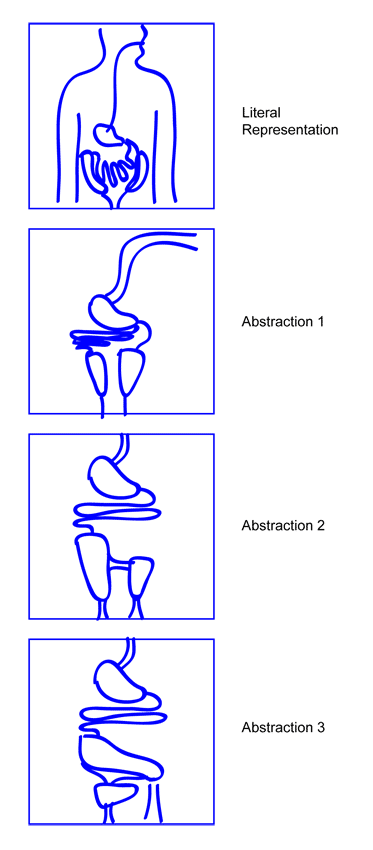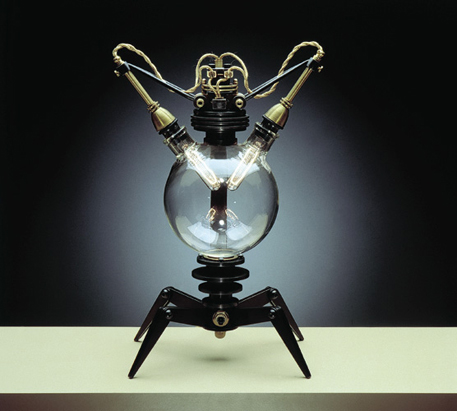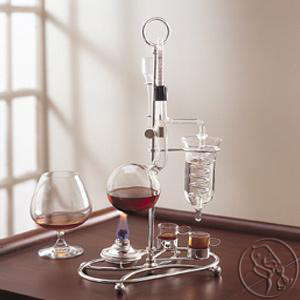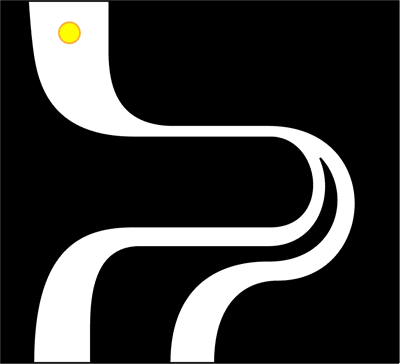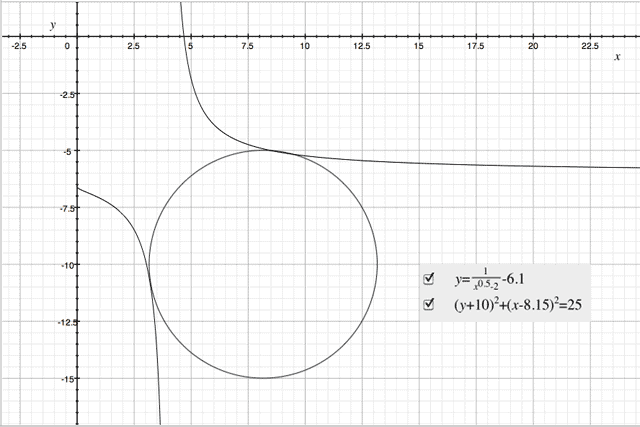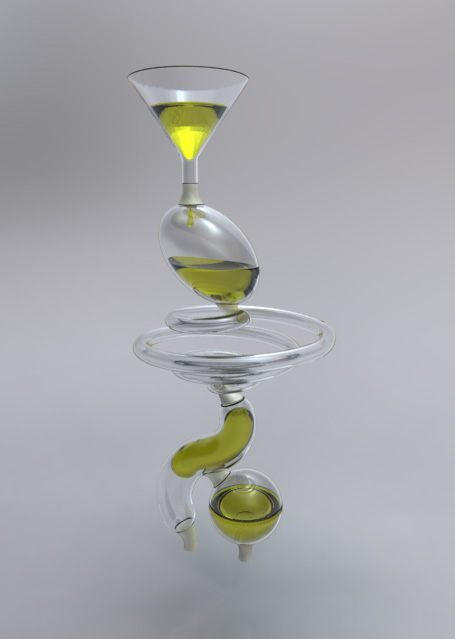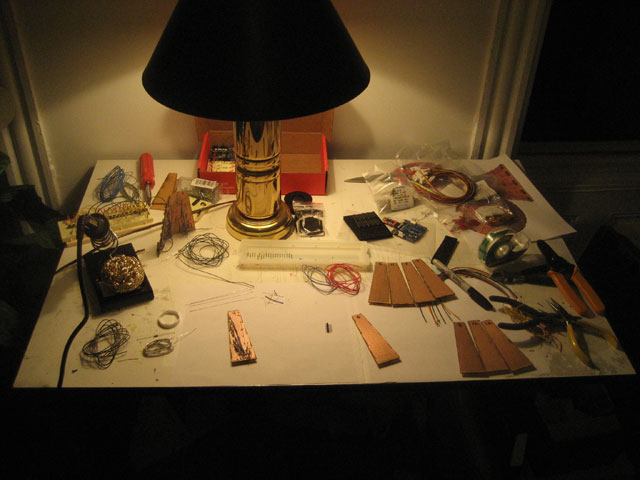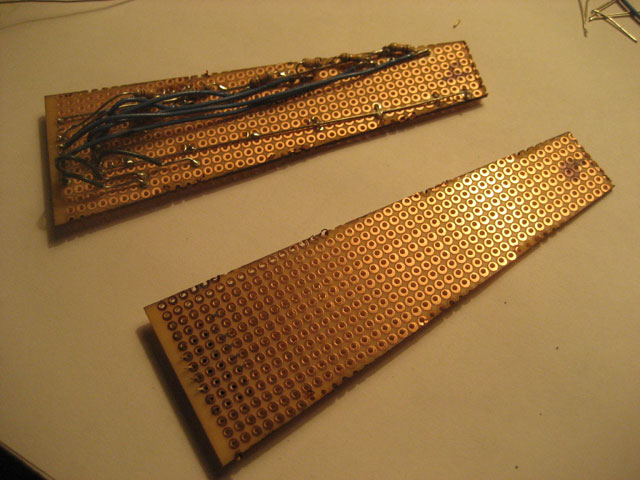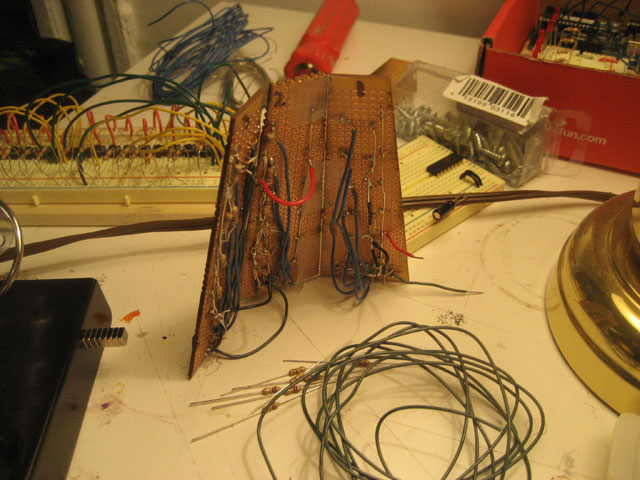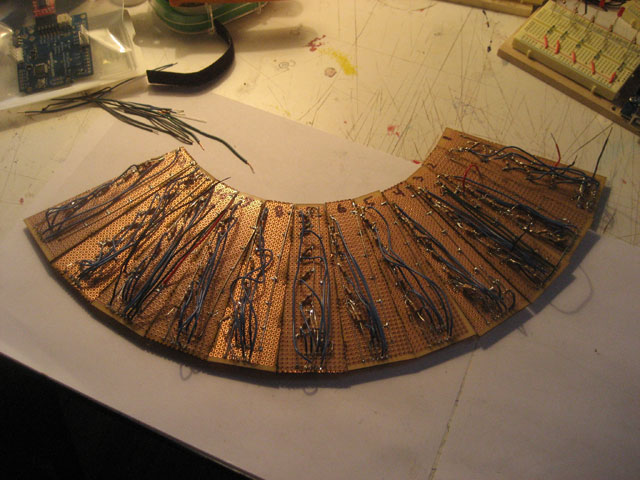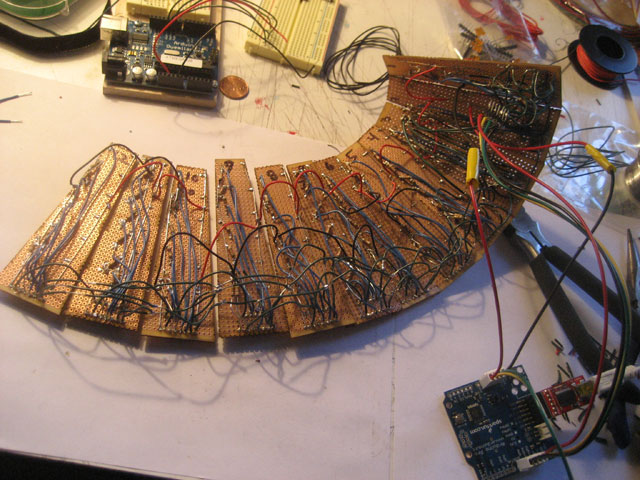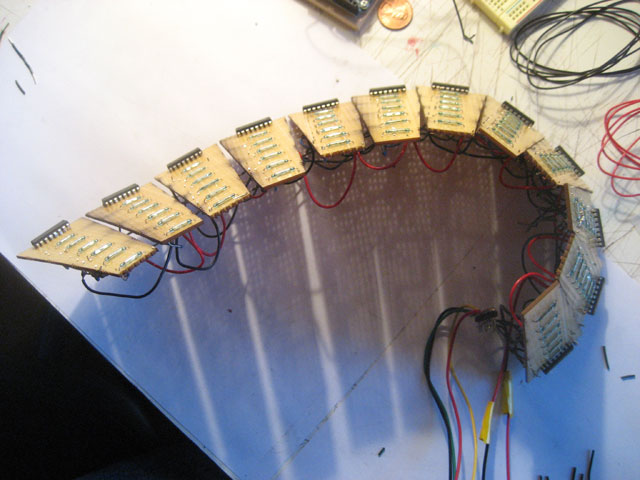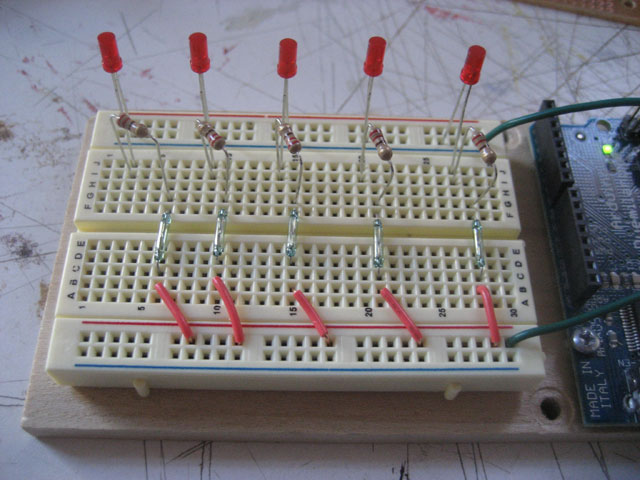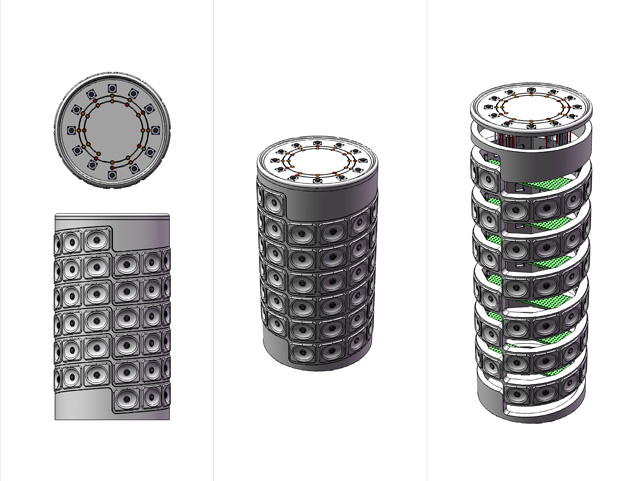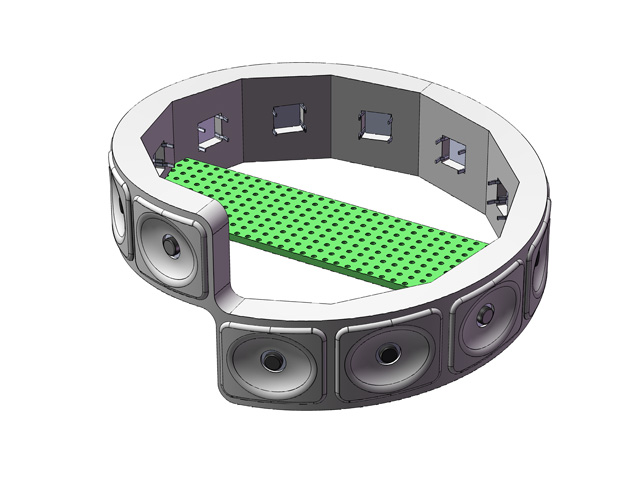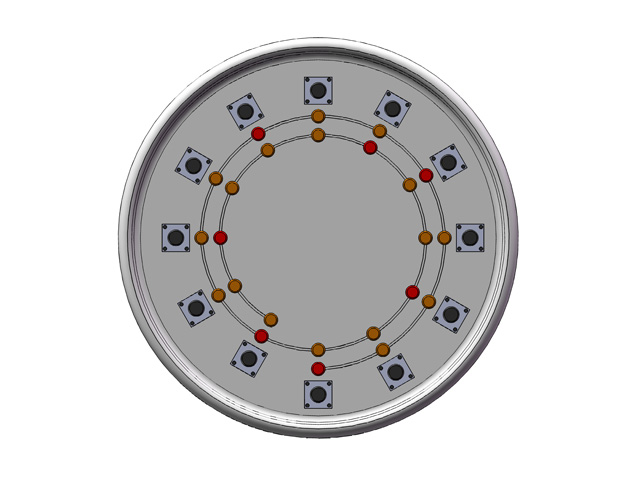THE TAO OF BUSINESS
1
If businesses fail to honor their responsibilities to society and don’t believe in corporate stewardship, who in our society will?
Therefore the sage goes about doing nothing, teaching no-talking.
What does a business enterprise owe its customers and consumers?
The sage stays behind, thus he is ahead.
What standards of conduct and performance should an enterprise set for its employees and agents?
Therefore the sage is guided by what he feels and not by what he sees.
What is the role of industry and government in setting business and professional standards?
Therefore the sage, traveling all day, does not lose sight of his baggage.
2
What is the optimal mix of values and rules to guide decision-making and action?
Therefore the sage takes care of all men.
What structures, systems, practices, and procedures will best implement the values and rules of the enterprise?
When the sage uses it, he becomes the ruler.
What outcomes should one reasonably expect from an enterprise’s decisions and activities, and how can an enterprise track, measure, and report them?
Therefore the sage avoids extremes, excesses, and complacency.
What can they reasonably expect?
Thus the sage knows without traveling.
3
Who speaks for the environment and future generations as stakeholders?
The sage has no mind of his own.
What is the role of business in sustainable development?
The sage is shy and humble – to the world he seems confusing.
Who can rightfully claim the power to govern an enterprise?
Therefore the sage says: I take no action and people are reformed.
How can the board of directors and management best protect the rights of shareholders, especially minority shareholders?
Therefore the sage is sharp but not cutting, pointed but not piercing, straightforward but not unrestrained, brilliant but not blinding.
4
How can the board of directors best guide management to meet the reasonable expectations of shareholders?
Not only will it do no harm to others, but the sage himself will also be protected.
If the employees want to bargain as a group, how should the RBE relate to its workers?
The sage does not attempt anything very big, and thus achieved greatness.
Should it bargain with the group of employees?
Because the sage always confronts difficulties, he never experiences them.
Are there circumstances under which such a contract should not be enforced?
The sage does not act, and so is not defeated.
5
What does it mean to be a responsible business?
Therefore the sage seeks freedom from desire.
Is this easy?
If the sage would guide the people, he must serve with humility.
What does it mean to be the owner or manager of a responsible business enterprise?
In this way when the sage rules, the people will not feel oppressed.
What challenges does your enterprise face in the years ahead?
Therefore the sage wears rough clothing and holds the jewel in his heart.
—————————————————————————-
What is the source material?
The above passage is a “mash-up” of texts from two original sources:
Source 1 – Tao Te Ching, by Lao-Tzu
Source 2 – Business Ethics, by the US Secretary of Commerce
Both texts were combined into one giant String and were processed and outputted with a Python script:
Combined Source Text
Python Script Source Code
—————————————————————————-
What does the script do?
The Python script is designed to search for two different keywords within a body of text. Any line of text from the source that contains one of the keywords is extracted and stored in a list of saved lines. Next the script outputs alternating lines from the saved lists. After four paired lines are outputted, one line is skipped to create stanzas of text. After five stanzas, the script stops.
This script could be used with any text input to search for any two distinct terms. For example, you could input the text of the newspaper and search for the words “peace” and “war”. The script would find any lines that contain either of those two terms, and then would construct a new text body where one line spoke of peace and the next line spoke of war, alternating back and forth. The output could be constrained to have line breaks after any number of lines and could continue for any desired length.




